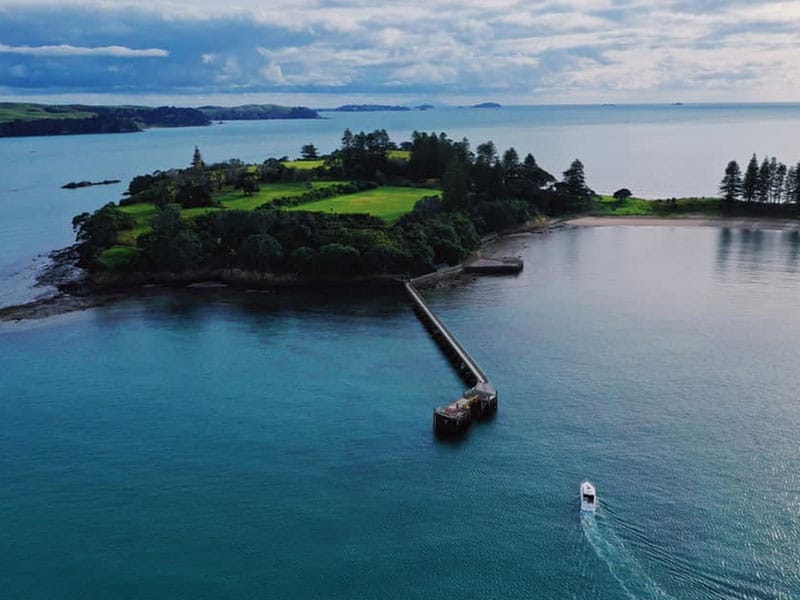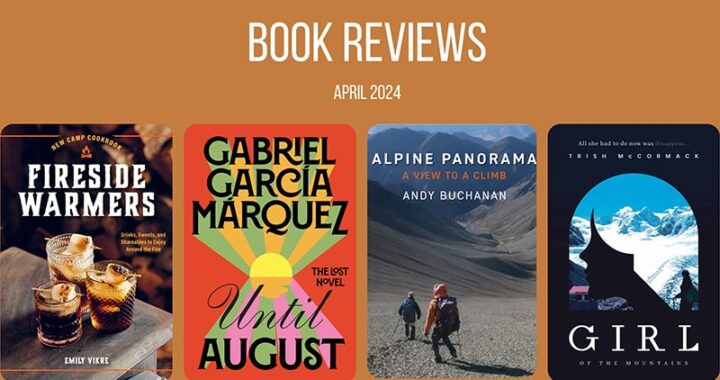New protection areas and fishing restrictions for Hauraki Gulf
4 min read
The Government announced 18 new marine protection areas and fishing restrictions in Auckland’s Hauraki Gulf. Photo: Justin Bennett
New marine protection areas and restrictions on fishing are among a raft of changes being put in place to protect the Hauraki Gulf for future generations.
The new strategy, Revitalising the Gulf – Government action on the Sea Change Plan, released today (22 June 2021), draws on input from mana whenua, local communities, and industry, oceans and fisheries minister David Parker said.
The package includes creation of 18 new marine protection areas and a framework to support the active restoration of some of the most biodiverse regions in the Gulf. The 18 new protected areas will increase marine protection in the Gulf almost threefold.
The new strategy will also see a Fisheries Plan with a range of changes to fishing practices and catch settings, including restricting trawl fishing to within carefully selected “corridors”.
“We are also taking the long view, recognising that sustained action is necessary to ensure that the Gulf and its economic, environmental, cultural, and social benefits can continue to be enjoyed,” Parker said.
Acting conservation minister Dr Ayesha Verrall said some of the world’s most unique species of marine life relied on a healthy Gulf.
“Our Revitalising the Gulf strategy will guide an ongoing programme of work for the long-term health of the Hauraki Gulf. It responds to the call to action in the 2017 Sea Change Tai Timu Tai Pari Hauraki Gulf Marine Spatial Plan, developed by a stakeholder working group, and contains Government actions across the many marine challenges facing the Gulf in a holistic package.”
The package also includes:
- Better monitoring to improve our understanding of the marine environment and track progress over time
- An expanded programme of protected species management
- Working together with mana whenua and local communities on local area coastal management
- Promoting a prosperous, sustainable aquaculture industry
“It’s crucial that this package of actions works for all. We’ll be seeking further input from mana whenua and engaging with key stakeholders to make sure it’s done right,” Verrall said.
The Gulf is one of New Zealand’s busiest recreational marine environments, popular for boating and fishing and home to an important inshore fishery.
“All of this activity, both on land and sea, has placed pressure on the Gulf and we need to take action to ensure it can be enjoyed by current and future generations. The Strategy’s actions will work alongside other actions and initiatives that tackle the land and freshwater pressures affecting the health of the Gulf,” Parker said.
Bottom trawling restriction a win
Jessica Desmond, ocean campaigner at Greenpeace Aotearoa, said she is pleased to see bottom trawling recognised as one of the major threats to the area.
“We know that bottom trawling is hugely damaging to ocean health and biodiversity. It’s great to see that this practice will be restricted in more areas of the Gulf to allow marine life to recover,” she says.
“More marine protected areas will also be vital to protecting the ocean for the future.
“Really, the approach the Government has taken here is what’s needed across the board. We must protect the most vulnerable parts of the ocean from bottom trawling. That call is currently supported by over 50,000 New Zealanders.”
Desmond added that the Sea Change plan shows a lot of promise.
“It’s encouraging to see this Government finally turning the tide on ocean protection, both with the anti-dumping rule last week and now this to help the Gulf thrive again.”
Need to go further
Forest & Bird termed the new plan “a step towards restoring Hauraki Gulf” but said the Government “needs to be more ambitious with its plans to restore the Hauraki Gulf back to the thriving ocean ecosystem it was only a few generations ago.”
“Around 20% of the world’s seabird species have been recorded in the wider Gulf and almost a third of Aotearoa New Zealand’s seabirds breed there. This is an incredibly important place,” said Forest & Bird CE Kevin Hague.
“The severity of the degradation of the Gulf means we need to be ambitious and determined to restore its health. It’s within our reach to bring back the health of the Gulf, but this plan at it stands is unlikely to get us there.”
“The big gaps in the Hauraki Gulf plan are around bottom trawling and dredging, runoff, and marine protected areas.
“Fishing methods that harm the seabed, like bottom trawling, must end entirely. Wherever they occur, they devastate the marine ecosystem.
Hague added the 18 proposed reserves must be a “starting point moving towards 30% protection, not the end point in themselves.”
“Ecosystem based management needs to allow for the restoration of kelp and mangrove forests, which are essential habitats for fish, birds, and insects, as well as storing significant amounts of carbon.
“The regulatory framework needs to have a feedback loop of monitoring, where it’s mandatory to increase protection if science says that the Gulf is not being restored.”
WWF-NZ echoed the same sentiment.
In a statement issued, the organisation said they “appreciate the hard work put in to get this across the line” but called it the first step in protecting Te Moana Nui a Toi.
“WWF asked for 30% of the Gulf to be placed in effective marine protection areas because that is the bare minimum needed to help restore the health and build the resilience of Tīkapa Moana,” said oceans practice manager Lucy Jacob.
“The Government is claiming an increase of protection to 18%, but many of these areas are not full protected areas. This is a great start but if we want to fix the mess we’ve created, we must be more ambitious.”



